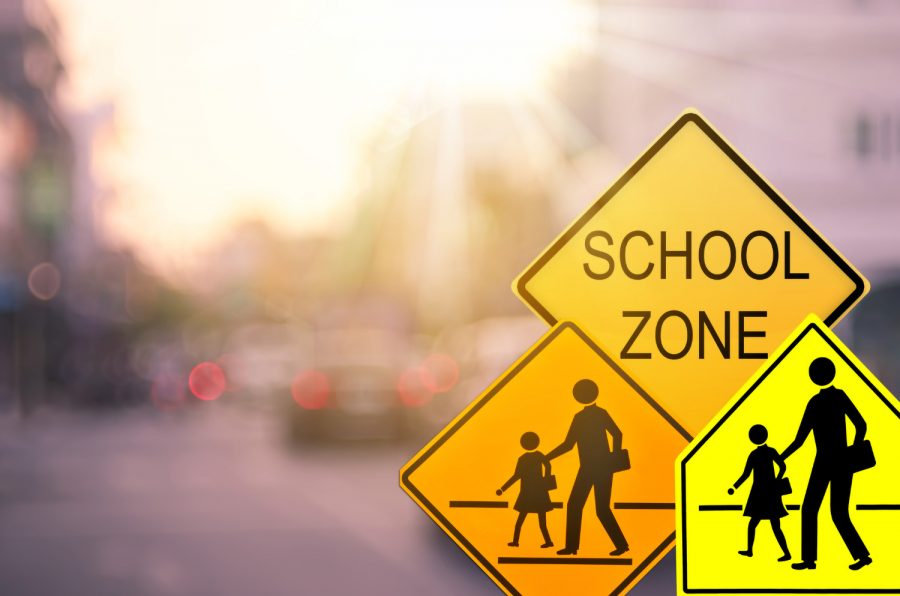Opinion | School choice doesn’t solve school segregation
Although school choice does permit more students to take advantage of more and better educational resources, we cannot ignore systemic barriers students and families face in underprivileged minority schools.
iStock
September 7, 2020
From the outside, giving underprivileged, minority students the opportunity to be bused to better-funded and resourced schools appears to be a good idea — however, the problem at hand remains. Even with the opening of new school districts, underprivileged minority students will be left behind and forgotten with little resources and opportunities to help them grow. The biggest issue leading to the opportunity gap for these kids is school segregation.
Brown v. Board of Education racially desegregated America’s schools in the 50s, yet we are seeing the same, if not worse, issues arising today. Underprivileged minority students are often ostracized from the resources their white counterparts receive, even within the same school districts. A lot of this issue comes down to school funding.
School funding comes largely from property taxes thus, more impoverished areas receive less school funding. According to Nikole Hannah Jones, in The New York Times, “The Daily” podcast, states try to cover what property taxes don’t in underprivileged districts, however, state efforts tend to fall short and leave many minority students behind.
According to a study published by a nonprofit organization called EdBuild in 2019, white school districts receive $23 billion more in funding than their non-white peers, despite accommodating the same number of students.
Cities in Iowa unmistakably demonstrate modern-day school segregation. According to a 2018 article from The Waterloo Courier, Waterloo and Cedar Falls, Iowa, are incredibly segregated towns with huge socioeconomic gaps between the Black and white populations.
The unemployment rate for whites was around 4 percent, whereas the Black unemployment rate was around 24 percent, with the vast majority of the Black population residing in Waterloo. These statistics then translate to the unequal funding and segregation of schools in the Waterloo-Cedar Falls community school districts.
Furthermore, we can see how funding plays a tangible role in students’ performance. According to data taken from The Nations Report Card, the average reading score for white 4th graders in Iowa was 221, which is three points above the national average reading scores for public-school students. In contrast, the average 4th-grade reading score for Black students in Iowa was 192 in 2019, 29 points below the national average.
It is clear underprivileged minority students are being left behind with much less resources and funding compared to their white counterparts. One solution that has been consistently brought up is opening school districts and giving students the opportunity to be bused to better-funded schools.
Success in school choice requires the implication that underprivileged minority students have better-funded and -resourced schools within reasonable distance, according to a study posted in The Quarterly Journal of Economics, requiring a means of transportation to these schools. Additionally, school choice relies on parents’ knowledge of what schools have better resources for their kids.
On top of the barriers that students face getting to or having access to better schools, there is not a definitive correlation between school choice and student success. A 2018 study posted in the American Economic Journal came to the conclusion that “the expansion of school choice can reduce student achievement,” including the lowering of mean test scores and increased chances of failing subjects like math, reading, science, and social studies.
There are countless other systemic barriers underprivileged minority students face outside of the classroom that affect classroom performance like neighborhood crime rates, their parents’ education level, housing challenges, and more.
School choice does not meaningfully address these issues. Instead, it punishes students who need assistance the most for not having the resources to take advantage of opportunities in front of them.
Columns reflect the opinions of the authors and are not necessarily those of the Editorial Board, The Daily Iowan, or other organizations in which the author may be involved.




